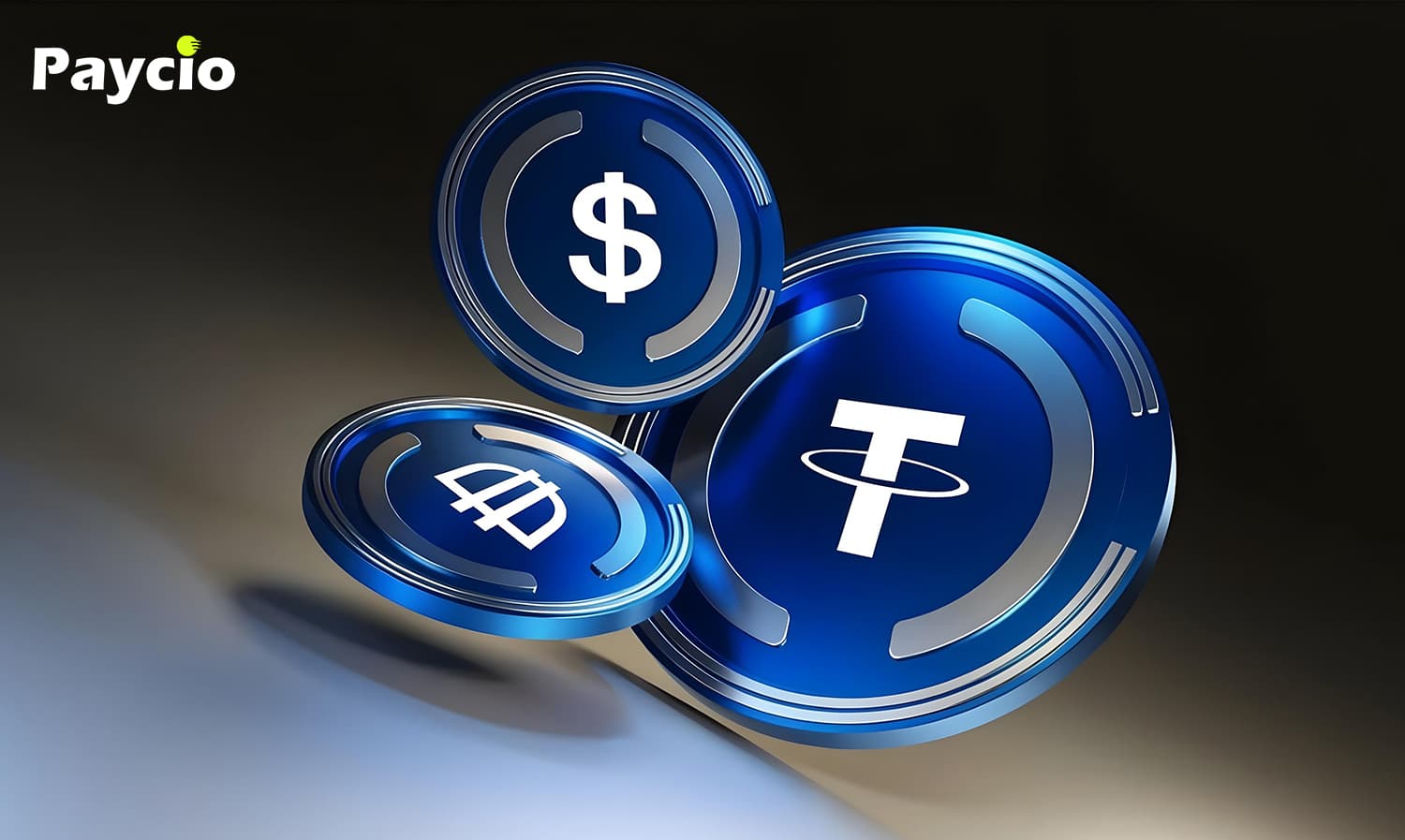
Welcome to the world of stablecoins! If you’ve hesitated to use cryptocurrencies due to volatility, stablecoins are here to bridge the gap. They combine blockchain benefits with price stability, making them perfect for everyday use. From secure crypto payments to hedging against market risks, stablecoins are transforming digital transactions.
While traditional cryptocurrencies like Bitcoin and Ethereum are often associated with price volatility, stablecoins provide a bridge between the advantages of digital assets and the stability of conventional currencies.
Stablecoins are cryptocurrencies designed to maintain a consistent value by pegging to stable assets like fiat currencies or commodities. Unlike volatile cryptocurrencies such as Bitcoin, stablecoins offer reliability, making them ideal for payments, savings, and investments.
In crypto, spreading your investments across multiple stablecoins or asset types helps minimize risks. It’s all about finding the right balance to deliver long-term stability in your portfolio.

Stablecoins function by leveraging their respective backing mechanisms to maintain a fixed value. Here’s how each type operates:
To make the most of stablecoins, focus on understanding their underlying mechanisms and the credibility of their issuers. For instance, examine whether a fiat-backed stablecoin is regularly audited or if a cryptocurrency-backed option is adequately collateralized. A thorough evaluation of these factors can help you make well-informed decisions and mitigate potential risks.
Stablecoins come in four primary categories, each uniquely backed to ensure value stability. These types collectively form the pillars that support the growing use of cryptocurrencies in real-world applications. Let’s move into what makes each type distinct:
The Pillars of Stability Fiat-backed stablecoins are the pillars of stability and are the most commonly used and widely trusted type of stablecoin. Each coin is directly pegged to a fiat currency like the US Dollar (USD), Euro (EUR), or others.
Examples:
These stablecoins maintain their value through reserves held by custodians and verified via regular audits. Their widespread use in payments, savings, and DeFi ecosystems makes them the bedrock of the crypto industry.
Commodity-backed stablecoins derive their value from physical assets like gold, silver, or oil, offering a unique combination of stability and digital convenience.
Examples:
These stablecoins appeal to investors seeking asset-backed security and a hedge against inflation while benefiting from the efficiency and accessibility of blockchain.
Cryptocurrency-backed stablecoins are collateralized by other cryptocurrencies, often over-collateralized to account for the inherent volatility of their backing assets.
Examples:
Algorithm-backed stablecoins use algorithms and smart contracts to dynamically adjust supply and demand, ensuring price stability without requiring collateral.
Examples:
While algorithm-backed stablecoins are innovative and represent the cutting edge of blockchain technology, they are still in their early stages and face challenges in achieving consistent long-term stability.

Among these types, fiat-backed stablecoins stand out as the cornerstone of the crypto ecosystem. They act as the bridge connecting the traditional financial world with blockchain technology, providing smooth, reliable transactions and acting as a store of value during volatile market periods. As the backbone of digital payments, their widespread adoption underscores their importance in shaping the future of finance.
Stablecoins bring numerous advantages to the table, making them a preferred choice for various applications:
They minimize exposure to price swings, offering stability in an unpredictable market.
Stablecoins facilitate quick, low-cost, and cross-border transactions, ideal for global payments and remittances.
They enable users to interact with blockchain ecosystems without the risks associated with traditional cryptocurrencies.
Stablecoins act as a bridge between fiat and crypto, providing liquidity and acting as a safe haven during market downturns.
Like other cryptocurrencies, stablecoins can be integrated into smart contracts, opening doors to decentralized finance (DeFi) applications.
By 2023, Tether (USDT) alone facilitated over $1 trillion in transactions, showing its importance as a liquidity provider. PayPal and Paycio already integrate stablecoins, offering secure and efficient payment solutions. As stablecoin adoption increases, diversify your investments across multiple wallets and projects. This strategy helps you stay protected while exploring new opportunities in the crypto margin.
Stablecoins are more than just another cryptocurrency—they’re the foundation for the mass adoption of blockchain technology. By combining stability, efficiency, and transparency, they’re reshaping how we think about money and transactions. Whether you’re making global payments, hedging against volatility, or exploring DeFi, stablecoins offer a reliable and innovative solution.
And if you’re looking for a platform that supports all kinds of stablecoins—be it fiat-backed, crypto-backed, or algorithmic—Paycio is the perfect solution. With top-tier integration, Paycio makes your stablecoin transactions secure, fast, and accessible across the globe. The future of crypto payments starts here!

A comprehensive guide for merchants and business owners on how to integrate and accept cryptocurrency as one of the payment methods.






